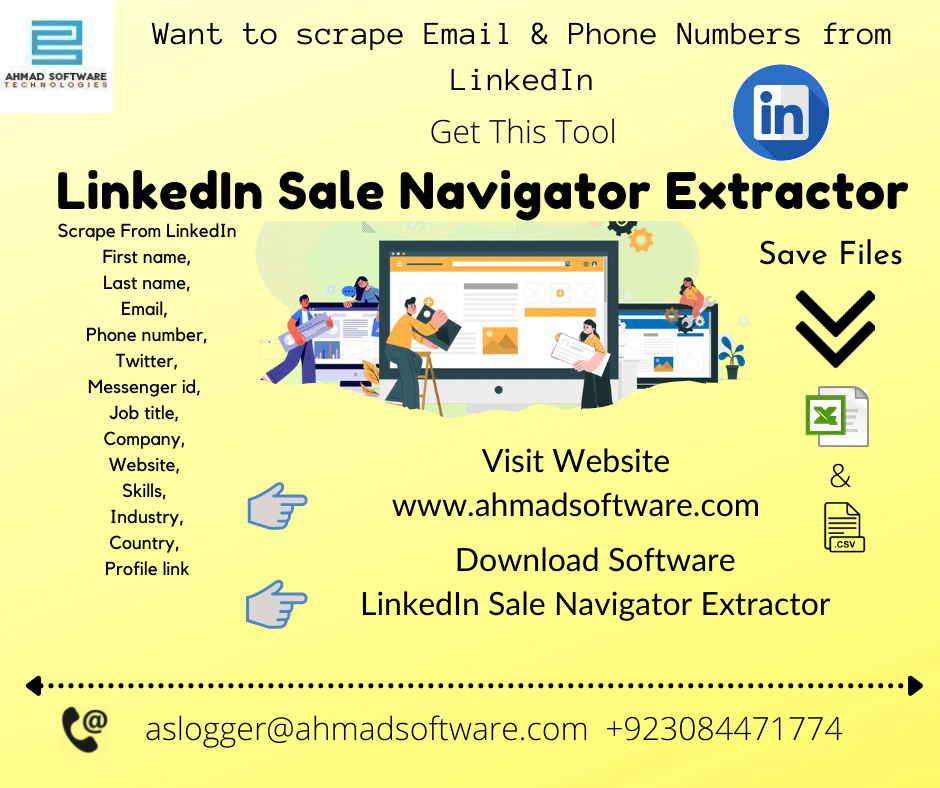This platform is designed for people to share their resumes, career history, experiences, and professional skills that help build business relationships and find relevant jobs . In short, LinkedIn is the world's largest business-focused social media site with 740 million users in more than 200 countries. LinkedIn works with a large amount of data and its main focus is professional networking.
Why LinkedIn data scraping?
A good LinkedIn profile opens the door to business, educational, and networking opportunities. Many people still underestimate the power of LinkedIn when it comes to branding. But it is not, the big data available on this platform can help you scale your business and gain invaluable insights about your business.But the question is how to Extract LinkedIn Data with such large data. If we follow the manual process of uploading CV, copying and pasting the information manually, it would take a lot of time and effort and increase the human cost.
 This social media platform is packed with unlimited data and brands should consider web scraping to mine big data. Companies can utilize LinkedIn Data Scraping to get access to high-quality , large-volume, and structured data that can be examined and turned into commercial opportunities.
This social media platform is packed with unlimited data and brands should consider web scraping to mine big data. Companies can utilize LinkedIn Data Scraping to get access to high-quality , large-volume, and structured data that can be examined and turned into commercial opportunities.Data such as User Title, First Name, Last Name, Date of Birth, Email ID, Position, User Location, Contact Number, LinkedIn URL, User Image, about the user and much more can be retrieved using a LinkedIn Lead scraper. LinkedIn can be a important source of data for you and your business , as it is also one of the most trusted social networks in 2019. It's also one of the most popular B2B marketing platforms. Is scratching legal on LinkedIn? Well, the answer to this question is yes. The court ruled that scraping LinkedIn to acquire public data was legal despite the company's claims that it violates user privacy. LinkedIn Scraping can be of great benefit to B2B marketers , recruiting companies, retail companies, and many other industries, depending on your needs.









